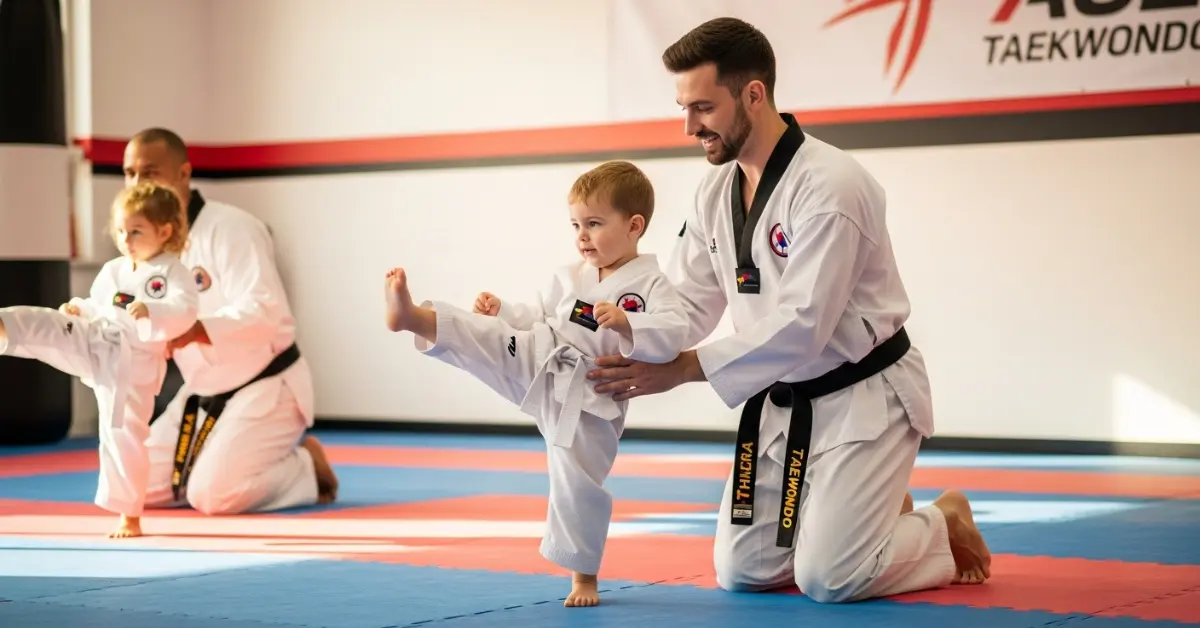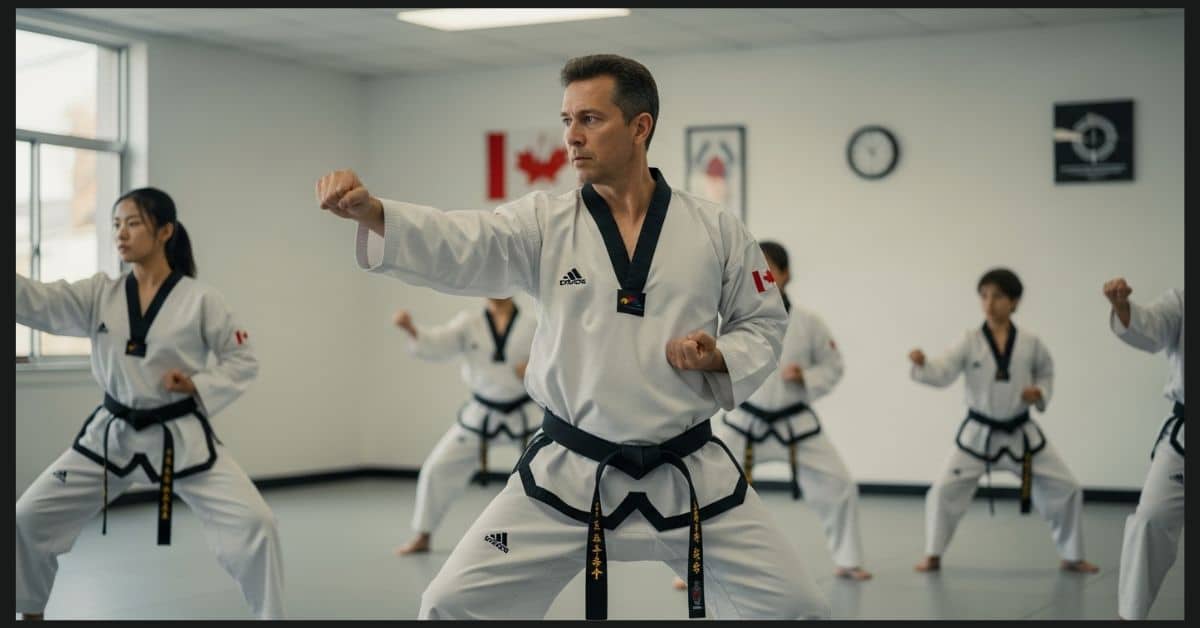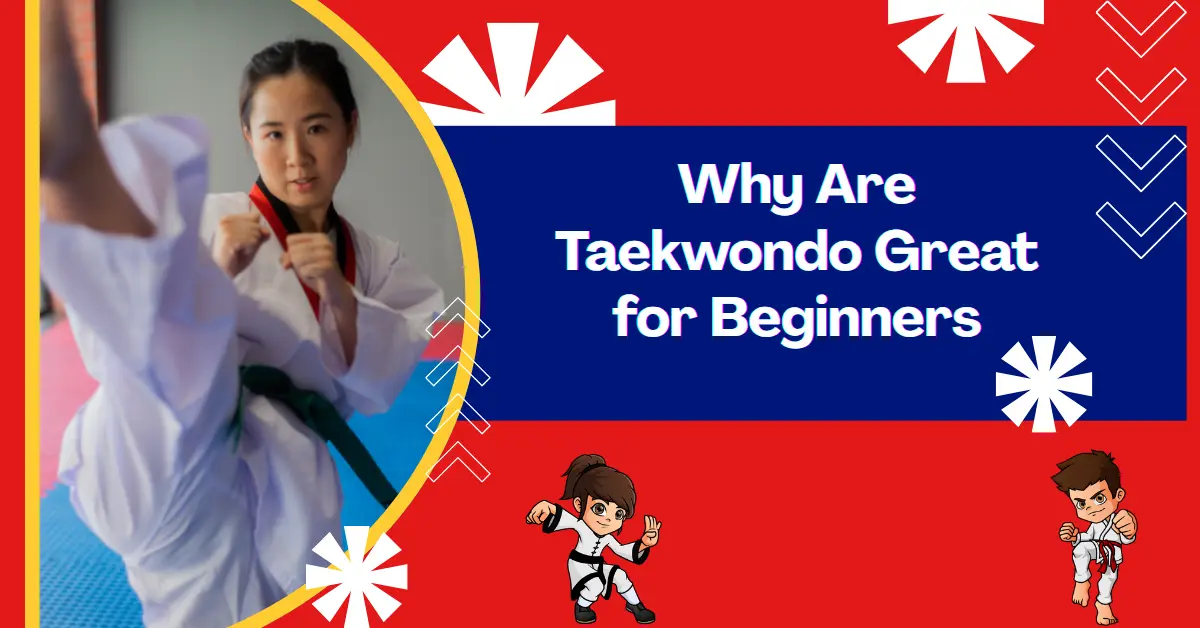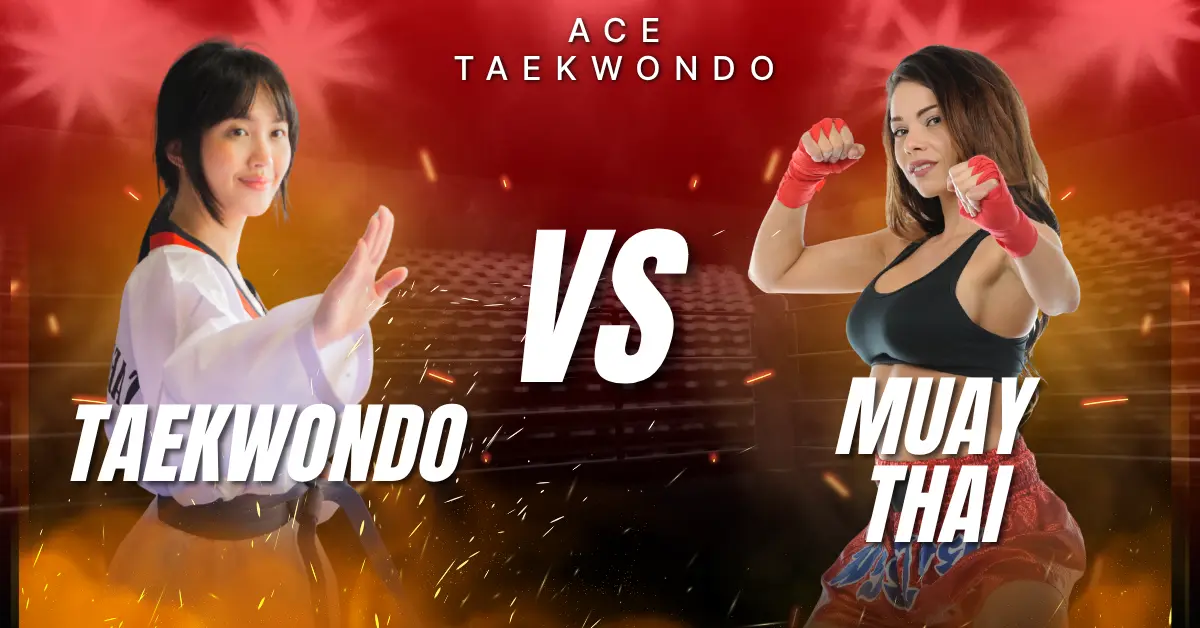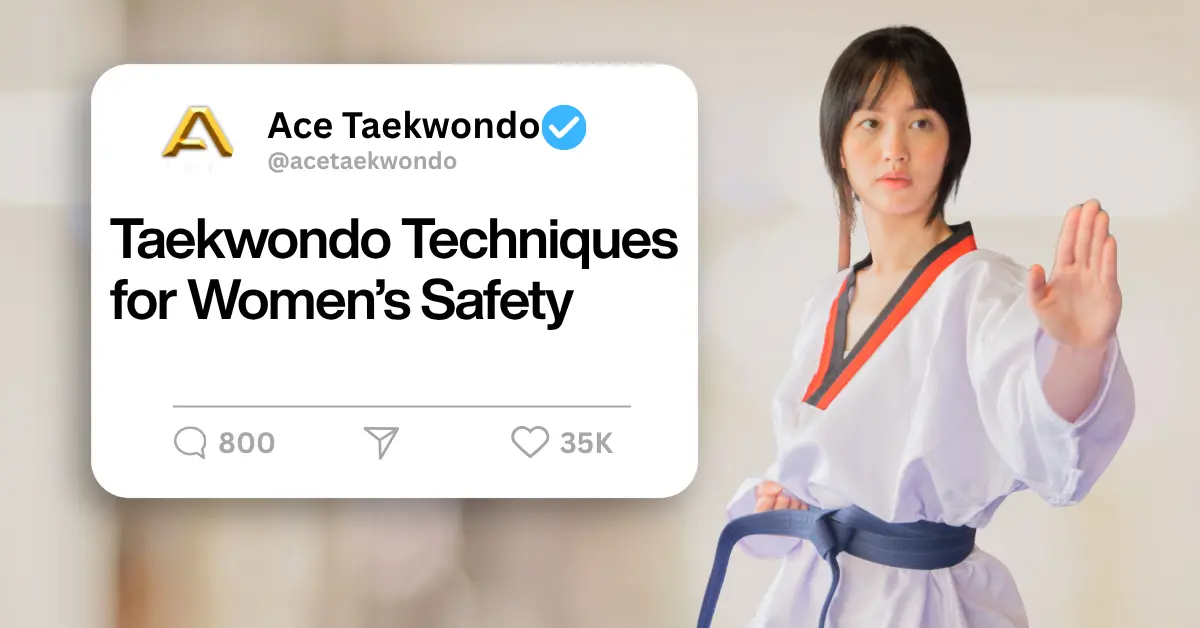When I first started learning Taekwondo, I never imagined how far this art would go. What started as a traditional Korean martial art is now part of the biggest sporting event in the world—the Olympics. But this journey didn’t happen overnight. Let me walk you through how Taekwondo became an Olympic sport and why that matters to us today at Ace Taekwondo.
The Journey of Taekwondo from Korea to the Olympics
Taekwondo began in Korea after the Second World War. It was a mix of older Korean fighting styles and influences from other Asian martial arts. By the 1950s, the name Taekwondo was official.
But it wasn’t just about fighting. It was about discipline, control, and respect. As more people learned and taught it across countries, the art gained worldwide attention.
The Role of Korea in Olympic Taekwondo
South Korea played a key role in pushing Taekwondo to the Olympic stage. The Korean government supported it through international events and school systems. Korean masters moved around the world, opening dojangs (schools) and spreading the sport.
This helped bring global recognition of Taekwondo—a crucial step toward becoming an Olympic discipline.
Understanding the Two Major Bodies: WTF and ITF
You might hear about two major groups in Taekwondo:
- World Taekwondo Federation (WTF) – Now simply called World Taekwondo, this body is based in South Korea and played a big part in getting Taekwondo into the Olympics.
- International Taekwondo Federation (ITF) – Founded earlier, in 1966, and follows a different style.
For Olympic purposes, it was the WTF that worked closely with the International Olympic Committee (IOC). They helped create standard rules, scoring systems, and competitions needed for Olympic approval.
Demonstration Sport vs. Official Olympic Sport
Before any sport becomes part of the Olympics, it’s usually tested as a demonstration sport. That means athletes perform it during the Games, but it doesn’t count for medals.
Taekwondo first appeared this way during the Seoul Olympics 1988. It came back again as a demo in the 1992 Barcelona Games.
The response? Massive. Crowds loved the energy, kicks, and strategy. That support helped push Taekwondo further.
Taekwondo’s Official Olympic Debut: Sydney 2000
The big moment came in the Sydney Olympics 2000. For the first time, Taekwondo was an official Olympic sport. That meant real medals, real ranking, and a global stage.
This was more than just a win for Korea. It was a win for martial arts in the Olympics everywhere.
What Makes Olympic Taekwondo Unique?
In the Olympics, Taekwondo uses a point-based system. Points are scored through:
- Clean kicks to the torso
- Head kicks
- Spinning techniques
There’s also strict gear for safety—headgear, chest protectors, gloves, and more. The rules and scoring system in Olympic Taekwondo are designed to make matches fair, fast, and exciting.
Olympic Martial Arts Comparison: Judo, Karate, Taekwondo
Taekwondo isn’t the only martial art at the Olympics. You’ll also find Judo and Karate. Each one brings something different:
- Judo focuses on throws and grappling.
- Karate uses strikes with fists and feet.
- Taekwondo is known for fast, high, and spinning kicks.
What makes Taekwondo stand out is its speed, dynamic movement, and showmanship.
The Growth of Taekwondo Globally
Since 2000, Taekwondo has grown faster than ever. You’ll now find Taekwondo competitions worldwide—from small cities to global tournaments.
The Olympics gave it a spotlight. But it’s the students, coaches, and dojangs around the world that keep it alive.
At Ace Taekwondo, we’ve seen this growth firsthand. From children starting out, to adults chasing black belts, the Olympic spirit pushes us all to train harder and smarter.
Evolution of Taekwondo as a Sport
Taekwondo has changed over the years. It has become more competitive and more global. Rules are updated. New tech like electronic scoring is used. Coaches get certified through strict systems.
This evolution of Taekwondo as a sport keeps it relevant in the modern sports world, while holding true to its roots.
Role of the World Taekwondo Federation (WTF)
The World Taekwondo Federation helped standardize the sport. They worked closely with the International Olympic Committee & Taekwondo guidelines to make the sport fair and accessible.
From weight classes to coaching rules, everything is regulated. This keeps the sport clean and respected.
Olympic Recognition of Martial Arts: Why It Matters
Adding Taekwondo to the Olympics was a sign of respect. It meant martial arts could be:
- Measured
- Judged fairly
- Respected globally
This opened doors not only for Taekwondo but for other martial arts too.
The Taekwondo Olympic History Timeline (Quick View)
Here’s a simple breakdown of major moments:
- 1950s – Taekwondo born in Korea
- 1973 – World Taekwondo (WTF) founded
- 1988 – First demo in Seoul Olympics
- 1992 – Second demo in Barcelona
- 2000 – Official Olympic debut in Sydney
- Now – Practised in over 200 countries
International Influence & Competitions
Thanks to the Olympics, countries across Europe, Asia, Africa, and the Americas now take part in Taekwondo competitions worldwide.
Even small nations send athletes. This global growth also helps build peace, respect, and cultural exchange through sport.
Final Thoughts from Master Viresh
When people ask me why we teach Olympic-style Taekwondo at Ace Taekwondo, the answer is simple: it’s about discipline, growth, and opportunity.
From its first Olympic appearance to its current global reach, Taekwondo has proved itself more than just kicks and punches. It’s a path to confidence, health, and respect.
So whether you’re a parent looking for a sport for your child, or an adult ready to train seriously—know this: Taekwondo is a journey. And I, Master Viresh, am here to guide you every step of the way.
Read more: History of Taekwondo in 5 Simple Points
What You Can Do Next
If you’ve been inspired by Taekwondo’s Olympic story, maybe it’s time to start your own. Join us at Ace Taekwondo in Canada, and let’s train with purpose.
Because Olympic or not, every student matters here.
Frequently Asked Questions
When did Taekwondo first appear in the Olympics?
Taekwondo first appeared as a demonstration sport in the Seoul Olympics 1988. It was showcased again in Barcelona 1992 before becoming an official Olympic sport at the Sydney Olympics 2000.
Why was Taekwondo added to the Olympic Games?
The International Olympic Committee & Taekwondo officials approved it because the sport had clear rules, a fair scoring system, and strong global growth. Its fast and exciting kicks made it popular with audiences.
What is the scoring system in Olympic Taekwondo?
Athletes score points by:
- Kicking the torso with speed and accuracy
- Landing head kicks
- Using spinning and advanced kicks for higher points
The rules and scoring system in Olympic Taekwondo ensure fairness and excitement.




